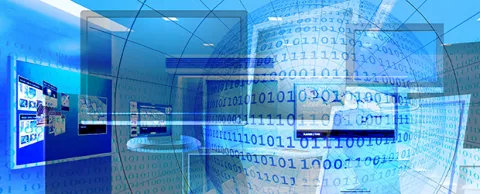
By Mike Smith and Jennifer Robinson, SAS
In a 2004 bid to make the Republic of Singapore the first “smart” nation, Prime Minister Lee Hsien Loong began deploying numerous sensors across the island to track everything from cleanliness to traffic. Today, Singapore can detect whether people are smoking in unauthorized zones, throwing litter out of high-rise buildings, or trying to find a parking space.
While these efforts recently netted Singapore “World’s Smartest City” accolades from market research firm Juniper Research, it’s not alone. The current roster of 21 smart cities includes Barcelona, London, San Francisco and Oslo. IHS predicts that this number will rise to 88 by 2025.
But what defines a smart city? It’s a local government that uses information technology to enhance its citizens’ quality of life. Any government function in which data is or could be collected for the sake of answering a question, refining a process or solving a problem is suitable for a smart city solution.
At the heart of a smart city is the smart grid. It provides electric utilities with an intelligent infrastructure that enables a broad array of capabilities and services. The smart grid provides two-way communications laid over an electro-mechanical grid to allow the integration of renewable energy, deeper customer insights and more efficient and reliable operations.
How do cities become smarter?
Making a city more intelligent is a complex undertaking, requiring a wide range of technologies to collect, communicate, analyze and disseminate information. A wide range of technologies including sensors, meters, fiber optics, satellites, analytics software and smartphone apps make a smart city spring to life to help government leaders, citizens and other stakeholders make better decisions.
Smart cities also involve the Internet of Things (IoT), a network of objects that collect, communicate and process information without human intervention. For example, once inert objects such as traffic lights now contain technology that allows them to assess conditions, process data and communicate information.
Partnerships among businesses will allow cities to adopt best-in-class approaches. Sharing among cities means a city can benchmark its performance, identify universal trends and correlations and then share best practices. Local governments can partner with businesses, non profits and academic institutions to collaborate in the development of new technologies.
The growing intelligent device infrastructure changes the game for cities. To leverage the infrastructure and the data, governments must turn to analytics to see countless opportunities for operational, customer, financial and regulatory improvements. But simply getting started is the crucial first step. What’s stopping your city from getting smarter?
Learn more by downloading the white paper, Four Use Cases Show Real-World Impact of IoT.
Follow Jennifer Robinson on LinkedIn and on Twitter @JenBRobinson. Follow Mike Smith on LinkedIn. Or contact either author directly at Jennifer.Robinson@sas.com and Mikef.Smith@sas.com respectively.
Jennifer Robinson is the Senior Industry Consultant for State and Local Government at SAS. Mike Smith is the Principal Industry Consultant for the Utility Industry at SAS.



